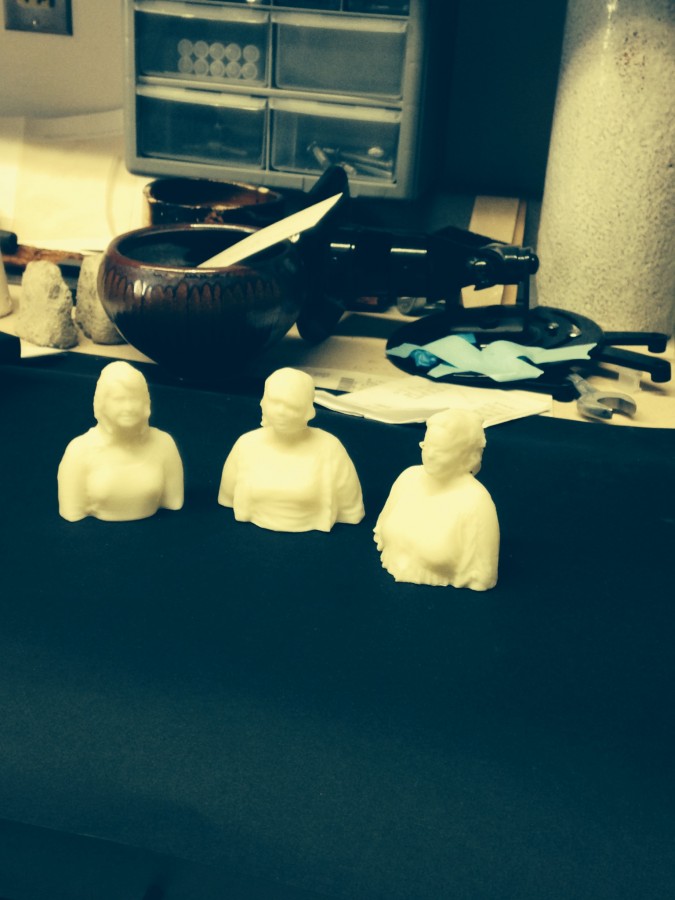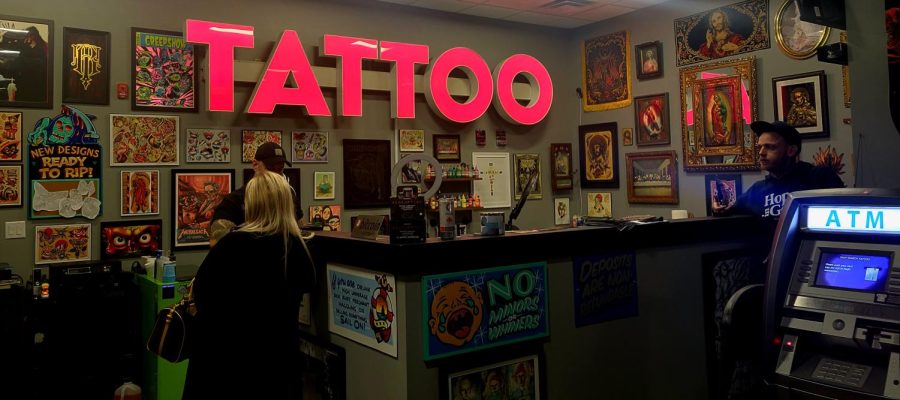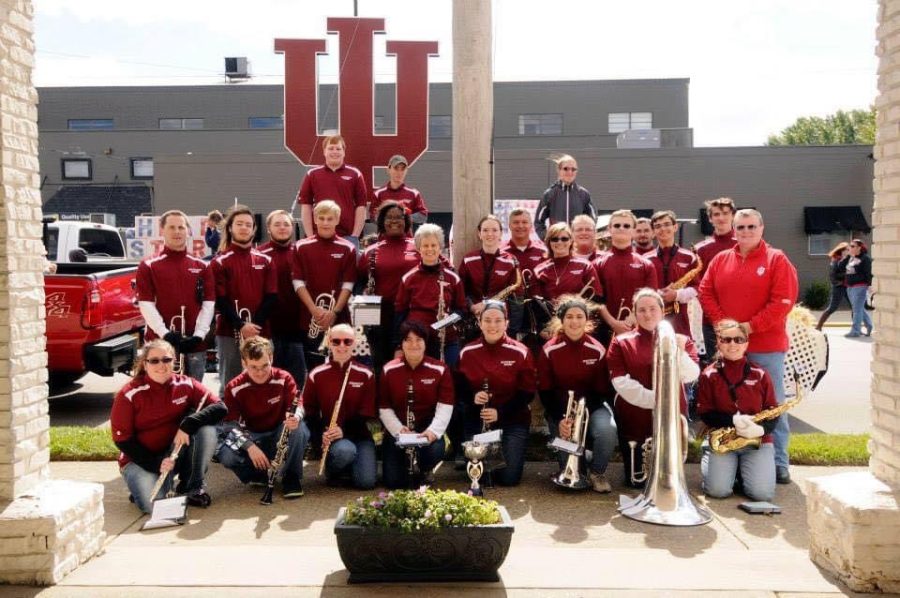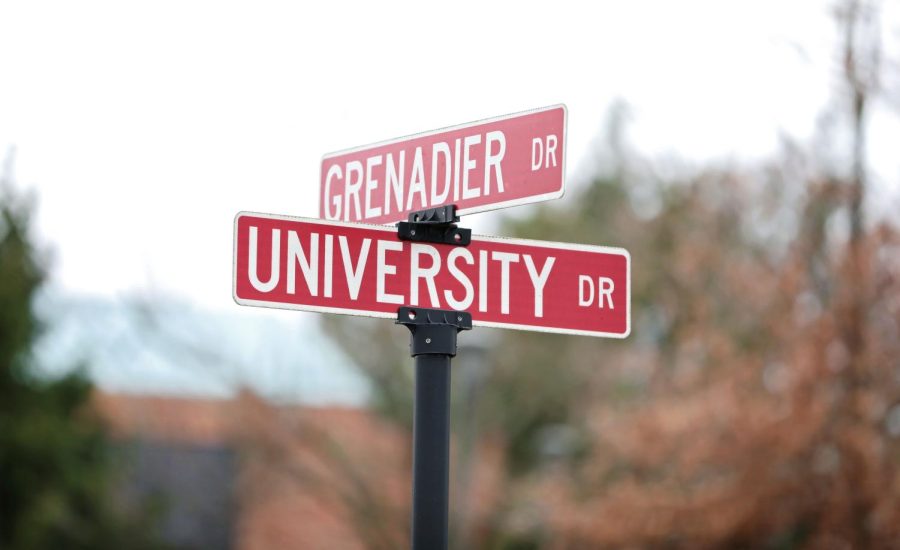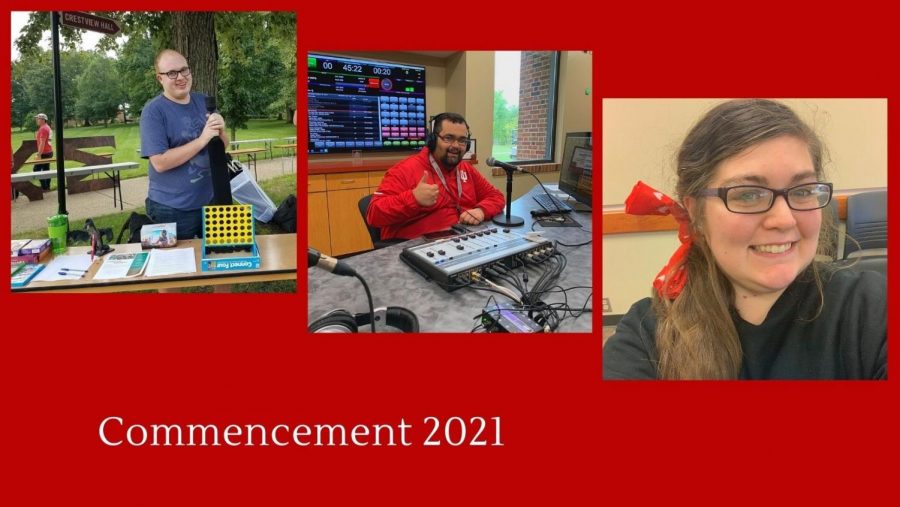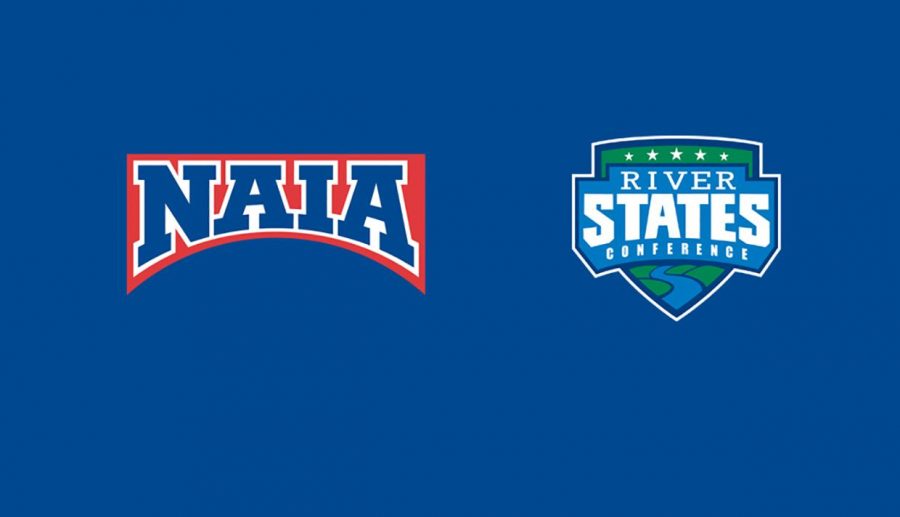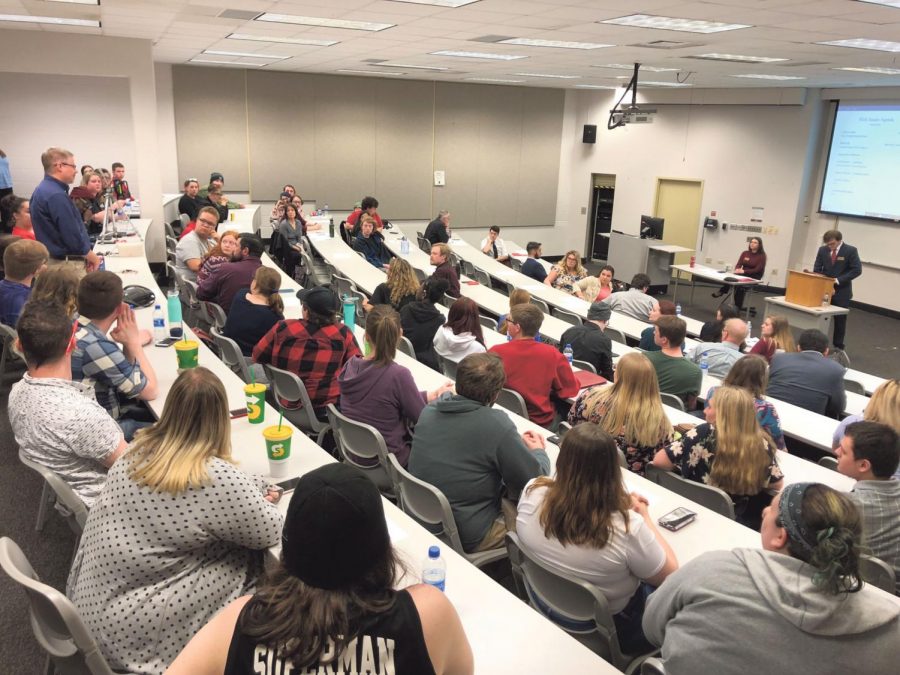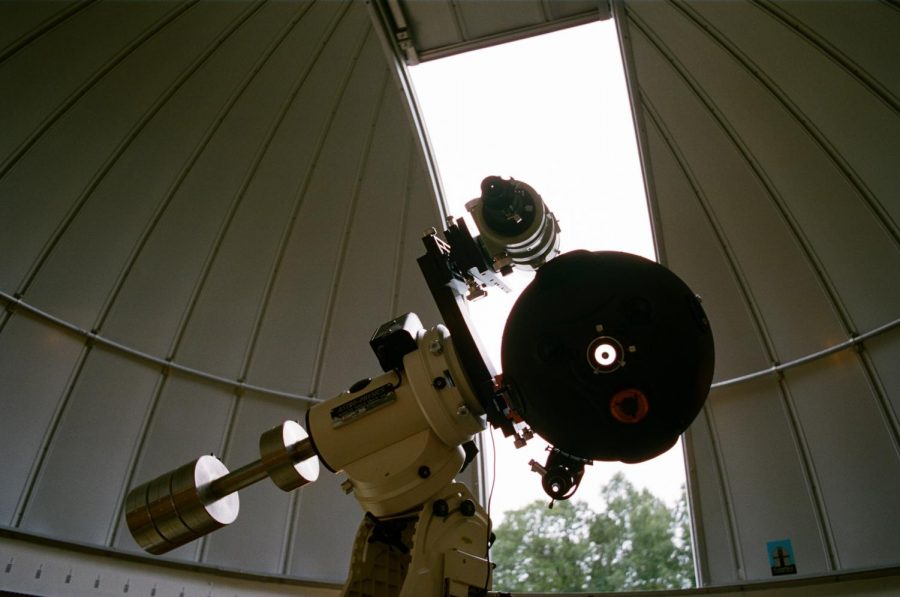3-D printing is starting to become popular not only in art, but also in other fields such as the sciences. IUS students and a professor are currently working on a project dealing with the Xbox 360 kinect. They are creating a software where it measures a 3-D model and shoots beams to create the image of a person, which will help scan people more quickly.
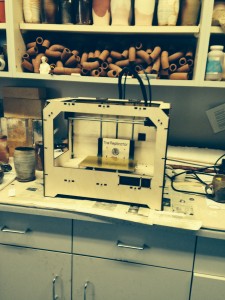
Brian Harper, assistant professor of the fine arts, is currently working on a project called “The Open Crowd Project”. This is a collaborative project using 3-D scanning and printing technology to create a “crowd” of people printed with 3-D printers. He said he scans photos of different people and turn them into 3-D objects. He said the goal of this project is to collaborate will people who may be different in geographic areas, but who want to come together in an online space.
“I like the idea of an object being translated in a different language.”
Harper said when one is 3-D printing, they are scanning a real-life object, fabricating it on a computer and then creating a digital model.
Timothy Hollins, informatics senior, said that in order for someone to 3-D print they have to have software that can make 3-D items.
“For IUS students we have access to almost all of the software which retail for well over $1,000,” Hollins said.
Hollins said 3-D printing uses many different mediums such as plastics, metals and even recently chocolate. He said Indiana University Southeast uses ABS plastic.
“There is only one 3-D printer on campus that I know of, and it is located in the Life Sciences building,” Hollins said.
He said this 3-D printer is in the Informatics and Scientific Computing Laboratory controlled by Christopher Kimmer, assistant informatics professor.
Kimmer said anyone is allowed to use the 3-D printer as long as he is in the laboratory. He said he likes to make sure the student knows how to use the machine because you can easily cut yourself or break the printer.
“We are currently working on getting a grant to get more 3-D printers so everyone has access to them,” Kimmer said.
Kimmer said his part of the project with Harper and Hollins is the computer side. He said he is writing the software for the program.
“The potential of 3-D printing is pretty huge,” Harper said.
One new thing going on is bone implants. He said they can scan bones and make a 3-D print of it. He also said it will help inventors because with this technology they can create a prototype on a small scale for less money.
“There are so many possibilities with 3-D printing and teaching tools,” Harper said.
Harper said art students can see pictures, but it doesn’t really help them see the form or feel the texture. He said with 3-D printing, professors can pass around a replicate of an object that is the same shape, so students can see how the object feels. He said the thought of being able to do this is amazing.
“I feel like 3-D printing has a huge potential, especially as they become cheaper and faster, much like all technology,” Hollins said.

3-D printers can scan bones and make a 3-D replica of it. This technology can also help inventors because they can create prototype on a small scale for less money.
Hollins said 3-D printing is currently used for creating strong plastic parts and rapid prototyping.
“The Nike cleats many players were wearing in this year’s Super Bowl were built using 3-D printing technology,” he said.
Hollins said 3-D printing also has potential for the arts to create works of art, sciences to create models, education to create math manipulatives and other models people find useful. He also said the university maintenance could use 3-D printing to create parts for items that they would otherwise have to order. He said this would allow them to have a needed part the same day they discover the need of the part, without having to wait on the part to be ordered and shipped.
“Anyone is any discipline could probably find a good use for 3-D printing,” Hollins said.

